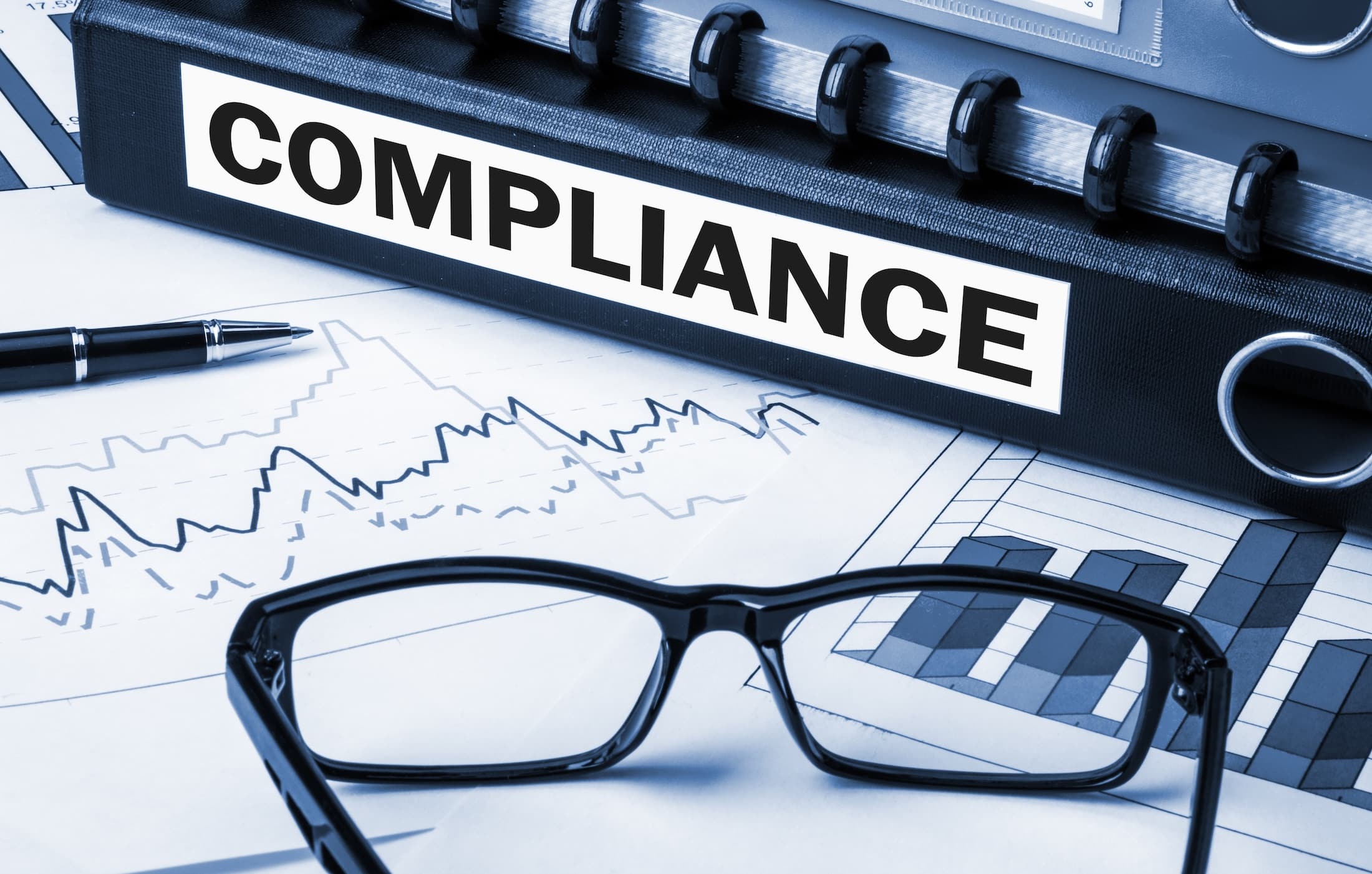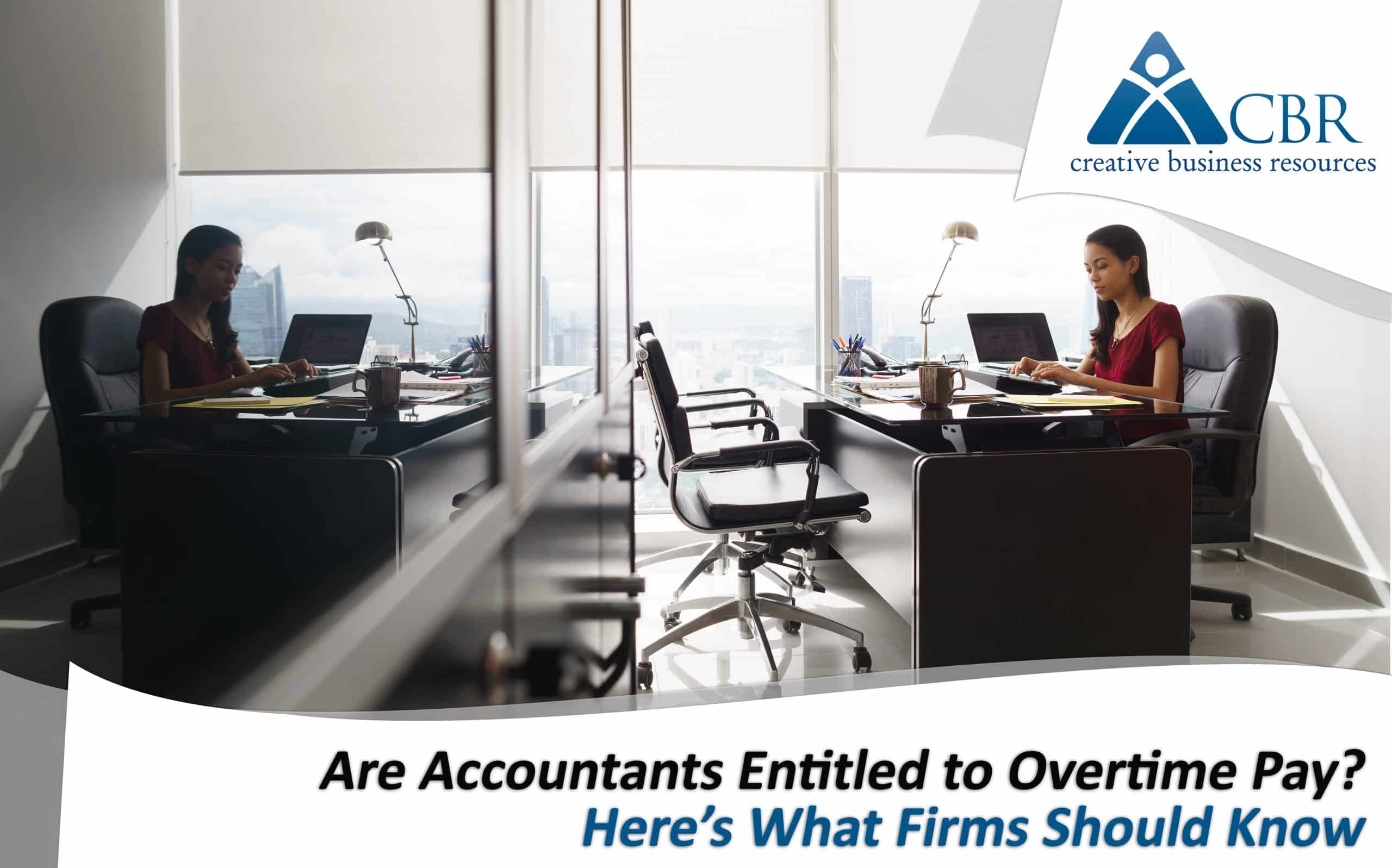Some businesses have already received their PPP loan and for some the funding is on its way. As the CARES Act provides for the loan forgiveness, business owners should start preparing to apply for the maximum forgiveness amount. The Small Business Administration (SBA) has not yet released the final rule on specific requirements and how the forgiveness application will work, however, it is important to refer to the statute to evaluate what constitutes the forgivable loan.
As you begin to receive the funds, please keep in mind that the specific requirement of showing HOW you will need to prove the use of funds has not been determined yet and may vary by lender. It is in your best interest to carefully track the allocation of these funds as most likely your application will need to include:
- Documentation that confirms the number of employees on payroll with their pay rates, IRS payroll tax filings, State Income, payroll and unemployment insurance filings.
- Documentation that validates the payments on your mortgage and lease obligations as well as payments for utilities.
- Certification from an officer of the business who is authorized to attest that the documentation provided is true and the PPP loan amount that is being forgiven was used to keep employees and make eligible mortgage interest, rent, and utility payments.
USE OF PPP LOAN FUNDS
If the loan proceeds are being deposited into your main operating account, it would be best to open a new account and deposit 100% of the loan in that account. A business owner will need to track how these proceeds will be used via a separate spreadsheet or register and document how and when those funds were disbursed (proof of auto-debit, draw-down wire, or check disbursement). It is important to be as detailed as possible when documenting all spending.
It has been determined that 75% or more of the funds need to be used for payroll purposes. Please see the actual application for what expenses roll into what the SBA is calling “payroll”. It is more than simply the net-pay going to employees.
There are other allowed uses of the funds outside of payroll such as payments of interest on mortgage obligations, rent payments on leases, and utility obligations dated before February 15, 2020. The maximum amount of forgiveness for non-payroll expenses is 25%.
Furthermore, the forgiveness period allows for spending during the 8-week period following the funding date by the bank (the day the funds are deposited into the bank account). Once the business applies for the loan forgiveness, the lender is required to make a decision within 60 days.





























